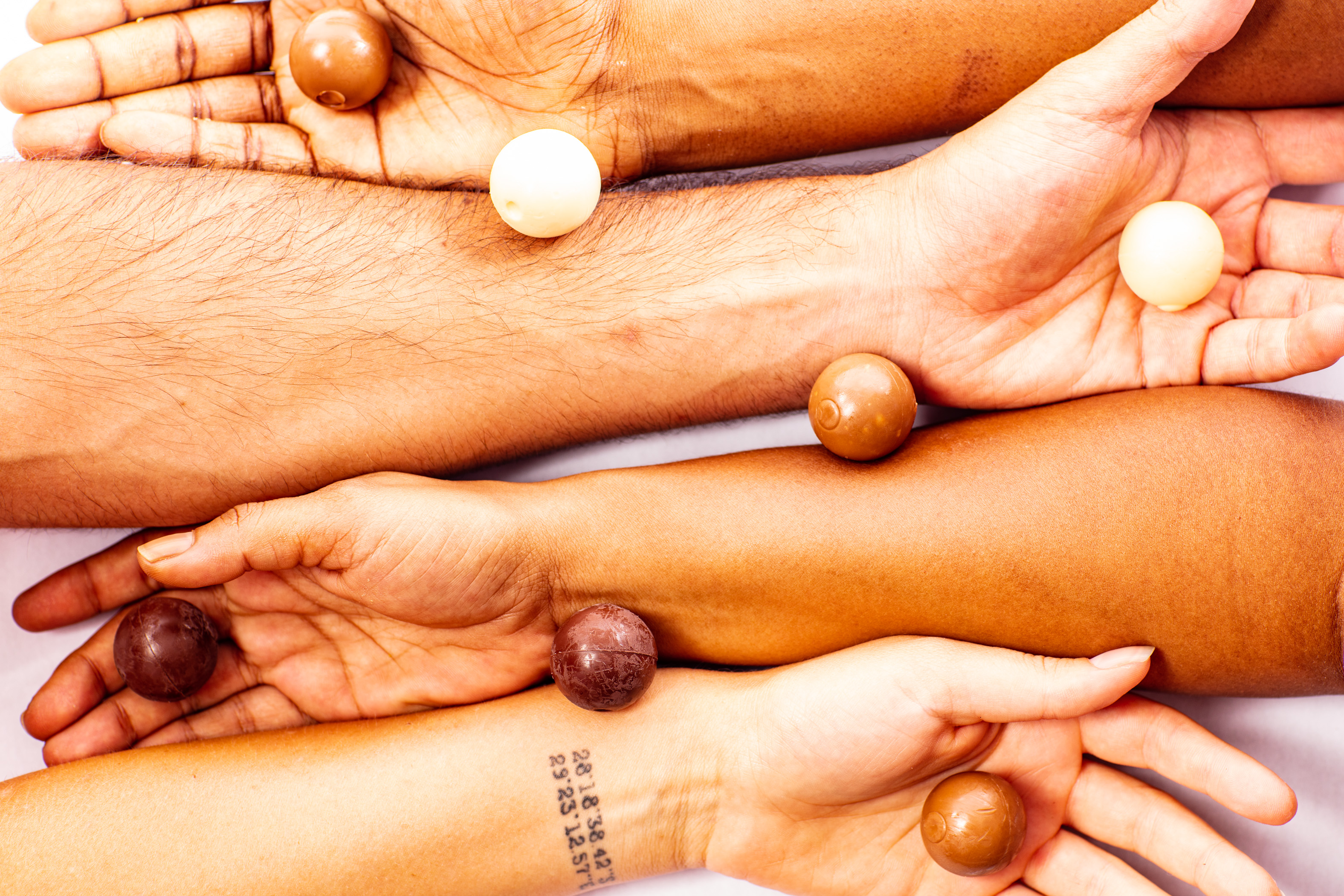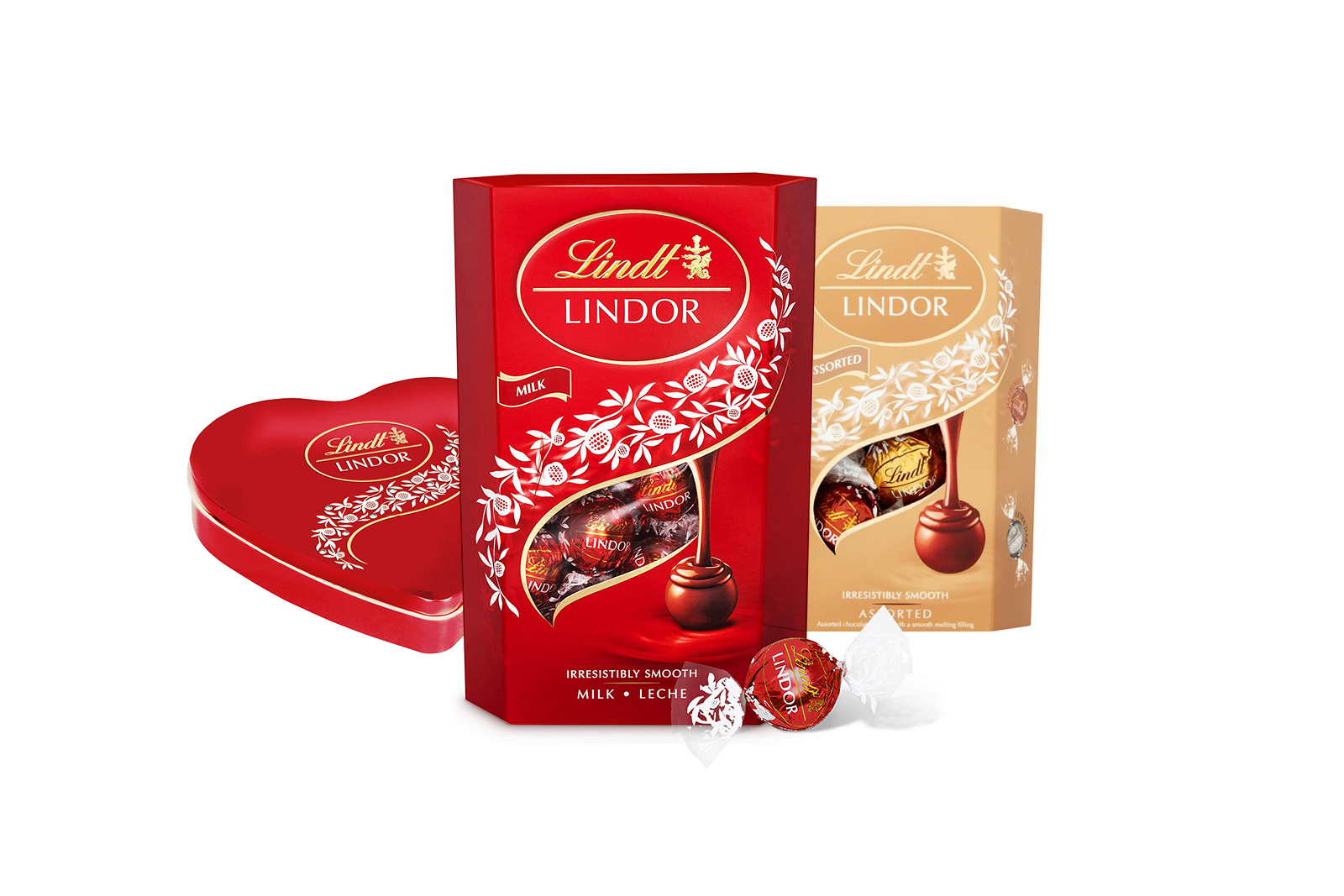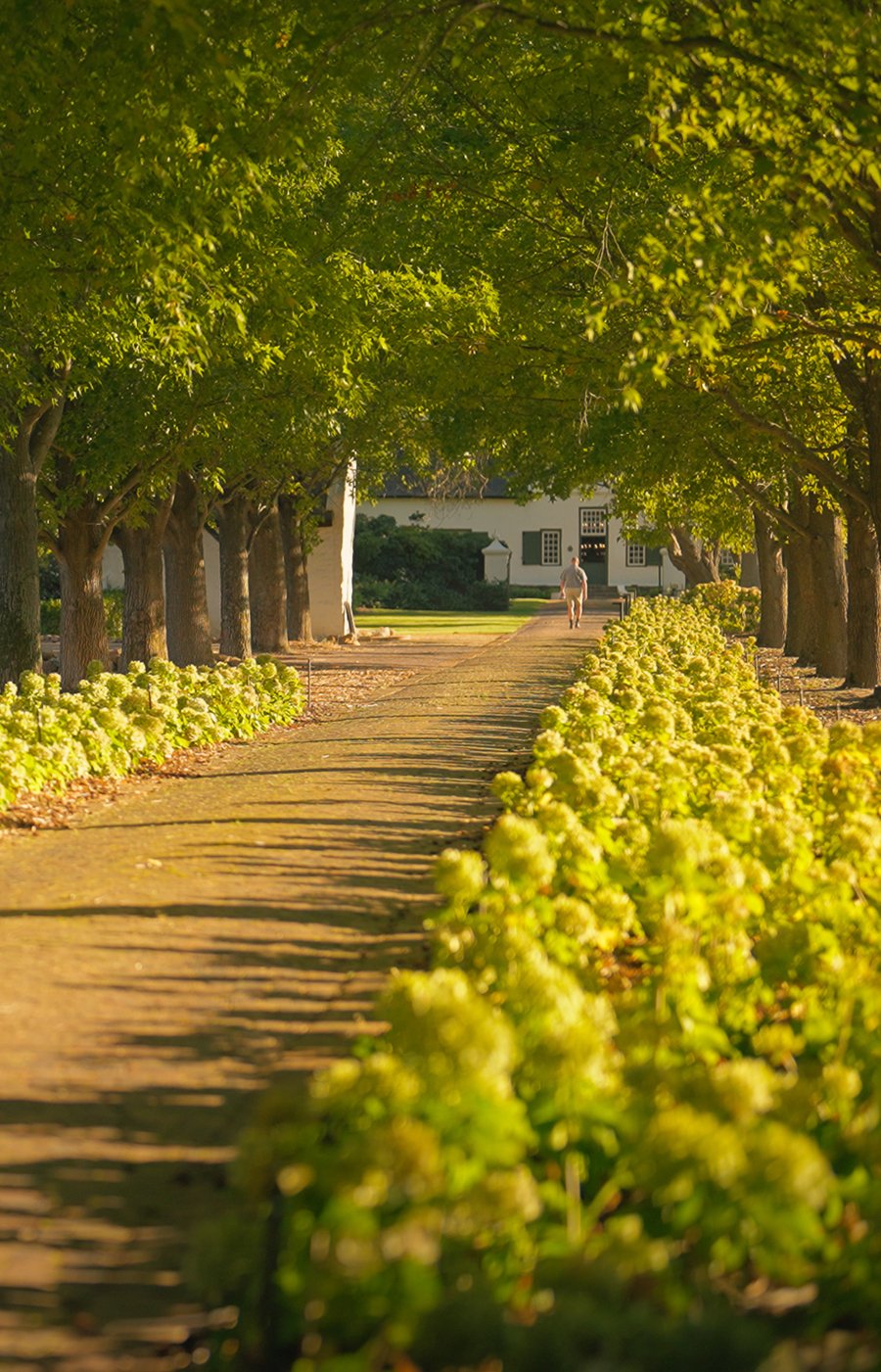WHY CHOCOLATE IS STILL THE SEXIEST FOOD
AN EXPLORATION OF THE SENSES
There are many who believe that chocolate is an aphrodisiac. What follows next may not be that dissimilar from discovering that Father Christmas is, in fact, not all he’s rumoured to be. Yes, you guessed it, chocolate is not an aphrodisiac… or is it? It’s a loaded question. If you asked a molecular scientist (even a dishy one), then the answer would be a resounding no. But why, then, do we find chocolate so irresistible, so sensual, so… sexy?

When it comes to what to buy the love of your life – or love of the moment – for Valentine’s Day, no one (in their right mind) is going to volunteer something like carob and chia bites or a leg of lamb. The options almost invariably come down to a choice between flowers and chocolate. Now, flowers should not be underestimated for their ability to make someone (particularly those of the fairer sex) feel beautiful, special, and pampered. So far, so romantic. But some might argue that the gift is yet incomplete. Though they may have seduced the eye and even bewitched the nose, they have not engaged touch, taste, and one other vital component in the art of seduction.
But let’s rewind. Why is chocolate not an aphrodisiac in the strictest sense? Well, the long and the short of it is that it simply does not contain any of the chemical properties found in actual aphrodisiacs, like ginseng, tropical almonds, date palm, saffron and nutmeg (you’ll notice the inclusion of this list was no accident, so take note). But that doesn’t mean it should automatically be disqualified from the race. In fact, chocolate possesses what most actual aphrodisiacs have simply never had. That dark, rich, velvety texture and perfectly balanced taste that has rendered many ready and willing to say the words, “I surrender.” But let’s not go the full Mills and Boon just yet.
Chocolate undergoes a long and complex process that accounts for its huge varieties of flavour. For the most part, the cocoa bean itself is a bitter, sour affair, but through a process of fermentation discovered by the Aztecs, it releases fruitier, almost wine-like flavours. When roasted, a whole new library of taste opens up to reveal a nutty earthiness, sometimes woody, at times floral and on some occasions, a rich spiciness. To truly surrender to the chocolate experience, even the experts suggest pressing it against the roof of your mouth and letting it melt slowly.
Then, there is the quality of the chocolate. You may have noticed that the sweeter the chocolate, the quicker its flavours reveal themselves. But when you taste a darker chocolate, they appear shy at first, slower to reveal themselves, but with no less vigour. Letting a mouthful of chocolate melt on your tongue, you may at first only taste the chocolate itself – that is, the combination of its entire taste journey – but the longer it lingers, the more you become aware of its sweetness, sourness, saltiness and bitterness, until they all combine again, culminating in that unmistakably full mouth, satisfyingly chocolate taste sensation.
There is no other food that can do what chocolate does. There’s something exotic yet deeply comforting about the sensation of eating chocolate. Many ascribe this sensation to the fact that it melts at the same temperature as that of your body, which is very sensual in itself. But more than that, there’s something about the custom of eating chocolate that we associate with being close, intimate, and sharing. We seldom buy ourselves a special box of chocolates to devour alone. And if we do, it is seldom construed as a romantic moment. The intention is usually to have it together, to draw attention to our earthlier desires and pursuits through touch and taste, alerting our senses to a touch of skin, and a taste of pure pleasure.
Give the gift of bliss with LINDOR this Valentine’s Day
About Lindt & Sprüngli
As global leader in the premium chocolate sector, Lindt & Sprüngli looks back on a long-standing tradition of almost 175 years which takes its origins in Zurich, Switzerland. Today, quality chocolate products by Lindt & Sprüngli are made at 12 own production sites in Europe and the USA. They are distributed by 25 subsidiary companies and branch offices, in more than 500 own stores and cafés, and via a comprehensive network of more than 100 independent distributors around the globe.
















